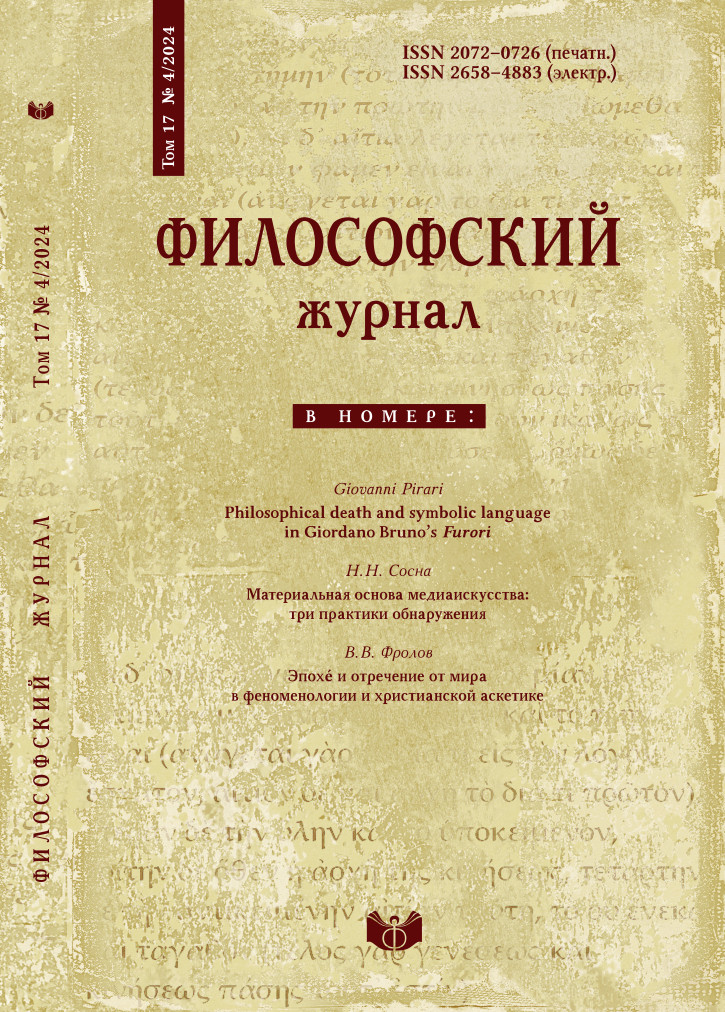The metaphor of a tree in Nasir Khusraw’s works: philosophical aspect
DOI:
https://doi.org/10.21146/2072-0726-2024-17-4-112-126Keywords:
Arab-Muslim Philosophy, Ismailism, Nasir Khusraw, World Tree, Tawil, Zahir, Batin, ImamAbstract
The article is devoted to the reinterpretation of the mythopoeic image of a tree by the Ismaili philosopher, poet and preacher of the XI century Nasir Khusraw. Both the Islamic and Zoroastrian traditions influenced the work of the Ismaili thinker, therefore, the article analyzes the reception of the image of the world tree both in Islamic culture and in the pre-Islamic period. The image of a tree embodies the structure of the universe, the development and cyclicity of life, and the fruit is a symbol of immortality, since thanks to the power contained in it, death is overcome and a new form of life takes shape. The image of a tree embodies two pairs of meta-categories characteristic of Arab-Muslim philosophy: “hidden–explicit” (zahir–batin) and “basis–branch” (asl–farʻ). The transition from one category to another within the framework of a pair is carried out thanks to the method of allegorical interpretation (taʼwil), widely used in Ismailism. Using the taʼwil method, Nasir Khusraw reveals to the reader the esoteric Ismaili meanings of familiar images and draws parallels between the micro- and macrocosm. Just as a fruit potentially contains the whole tree and has in common with the seed originally planted, so a person with a “reasonable” soul has in common with the Universal Intellect that laid the foundation of the entire universe. The “tree–fruit” pair is used to illustrate the relationship between the world and man, man and his soul, religious precepts and secret knowledge available to the elect. The article attempts to comprehensively present in which contexts the Ismaili philosopher resorts to the image of a tree and how this metaphor should be interpreted within the framework of the philosophical discourse of Nasir Khusraw.






